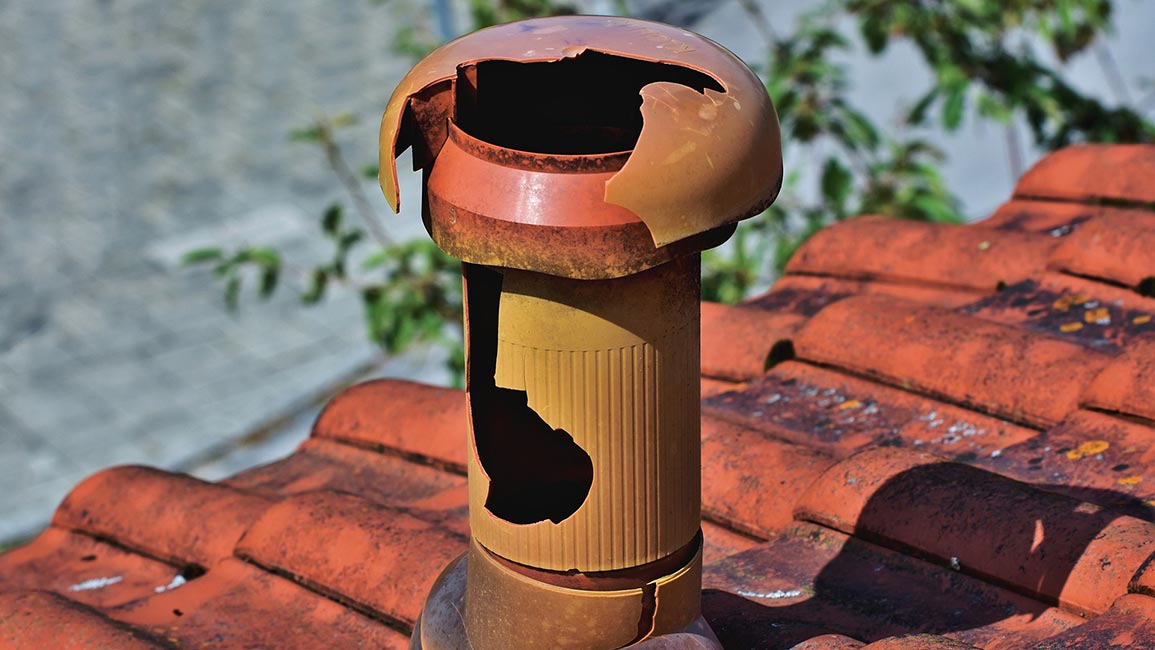The Top Roof Problems Every Homeowner Should Know

A sturdy, well-maintained roof is crucial for the safety and security of any home. It protects against the elements and ensures the comfort of its occupants. However, roofs are susceptible to various issues, many of which are common across different types of materials and climates. Understanding these problems can help homeowners prevent minor issues from escalating into costly repairs. Here's a detailed exploration of the most prevalent roof problems, their causes, and how they can be addressed.
1. Leaks and Water Damage
Leaks are arguably the most widespread issue affecting roofs. They can stem from a variety of sources such as broken shingles, tile cracks, or compromised seals around vents and chimneys. Water ingress can cause significant damage to the interior of a home, including mould growth, which poses health risks and structural damage to beams and insulation.
Prevention and Solution:
Regular inspections, especially after severe weather conditions, can help identify potential leaks early. Replacing damaged shingles or tiles and ensuring that all seals and flashing are intact can prevent water from penetrating the roof.
2. Poor Installation and Workmanship
A roof's longevity and performance heavily depend on the quality of its installation. Poorly installed roofs can lead to numerous problems, including leaks, increased wear, and ultimately, a shortened lifespan of the roofing system.
Prevention and Solution:
Choosing a reputable, experienced roofing contractor is essential. Ensure they have good reviews, proper licensing, and insurance. A well-installed roof will have fewer problems down the line and will save money in the long term.
3. Insufficient Maintenance
Neglect is a roof's worst enemy. Many roofing problems start small and become severe due to lack of maintenance. Regular checks and upkeep can extend a roof's life and enhance its performance.
Prevention and Solution:
Schedule regular professional inspections and perform routine maintenance tasks, such as cleaning gutters and removing debris from the roof's surface.
4. Improperly Installed Flashing
Flashing is crucial for directing water away from critical areas of the roof, such as chimneys, vent pipes, and skylights. If flashing is not installed correctly, it can lead to open seams and laps, resulting in leaks.
Prevention and Solution:
Ensure that any roof work done on your home includes proper installation and sealing of flashing. Regular inspections can help identify and rectify any flashing issues before they lead to leakage.
5. Pooled Water
Water that remains pooled on the roof for an extended period can cause significant problems, especially for flat roofs. It can lead to premature aging and deterioration of the roofing material.
Prevention and Solution:
Improving drainage and ensuring that the roof is properly levelled can prevent water pooling. Installing additional drains or adjusting the slope of the roof may be necessary in some cases.
6. Punctures and Physical Damage
High winds, hail, and even foot traffic for maintenance or installation of equipment can cause punctures and physical damage to the roof. Over time, these damages can compromise the roof's integrity.
Prevention and Solution:
Limit foot traffic on the roof and inspect it for damage after any work is done or after severe weather events. Small punctures and tears can often be repaired if caught early.
7. Ventilation Issues
Proper roof and attic ventilation is vital for regulating temperature and moisture levels. Poor ventilation can lead to heat buildup, increasing cooling costs, and moisture accumulation, promoting mould growth and rotting the roof structure.
Prevention and Solution:
Ensure your attic is adequately ventilated and that vents are not blocked. Consider installing additional vents if necessary to improve air circulation.
8. Ice Dams and Snow Buildup
In colder climates, ice dams can form at the roof's edge, preventing melting snow from draining off. The water can back up under roof shingles and leak into the home.
Prevention and Solution:
Proper insulation and ventilation in the attic can prevent uneven heating of the roof, which contributes to ice dam formation. Installing heat tapes along the roof's edge can also prevent ice dams.
9. Tree Damage
Overhanging branches can scratch and gouge roofing materials, and falling branches can cause significant damage. Trees can also give rodents and other pests access to your roof, leading to further issues.
Prevention and Solution:
Trim back any overhanging tree limbs and keep trees near your home well-maintained. After storms, check for any damage caused by fallen branches and address promptly.
10. Clogged Gutters
Gutters play a crucial role in directing water away from the roof and foundation. When gutters are clogged, water can back up and seep into the roof or down the sides of the house, causing damage.
Prevention and Solution:
Regularly clean your gutters, especially after the fall season when leaves are likely to accumulate. Consider installing gutter guards to reduce debris buildup.
Conclusion
Understanding common roof problems and their prevention is key to maintaining a healthy roofing system. Regular inspections, prompt repairs, and choosing the right professionals for installation and maintenance are critical steps in safeguarding your home against the elements. By being proactive, homeowners can ensure their roof remains in top condition, protecting their investment and ensuring their family's safety and comfort for years to come.


